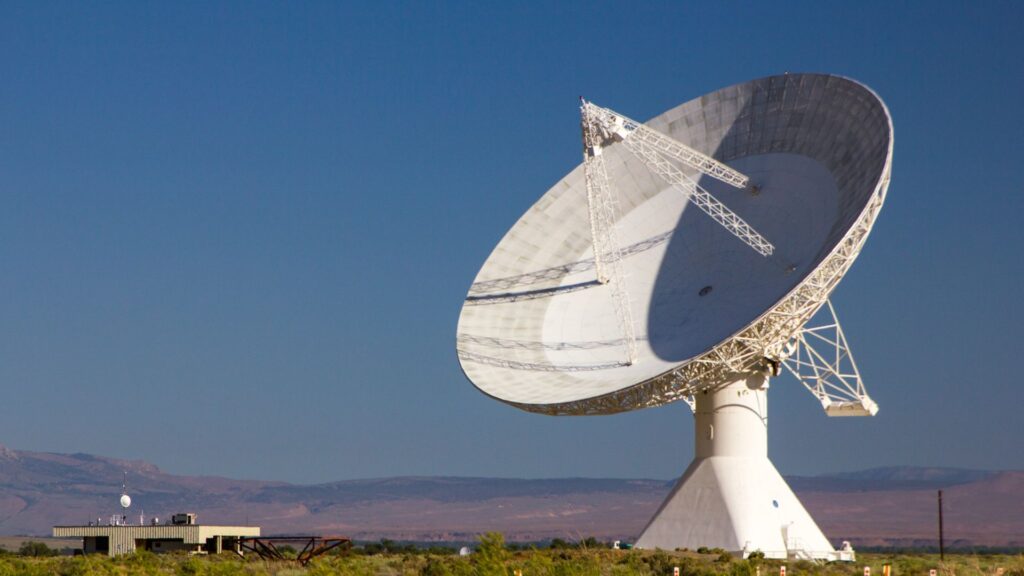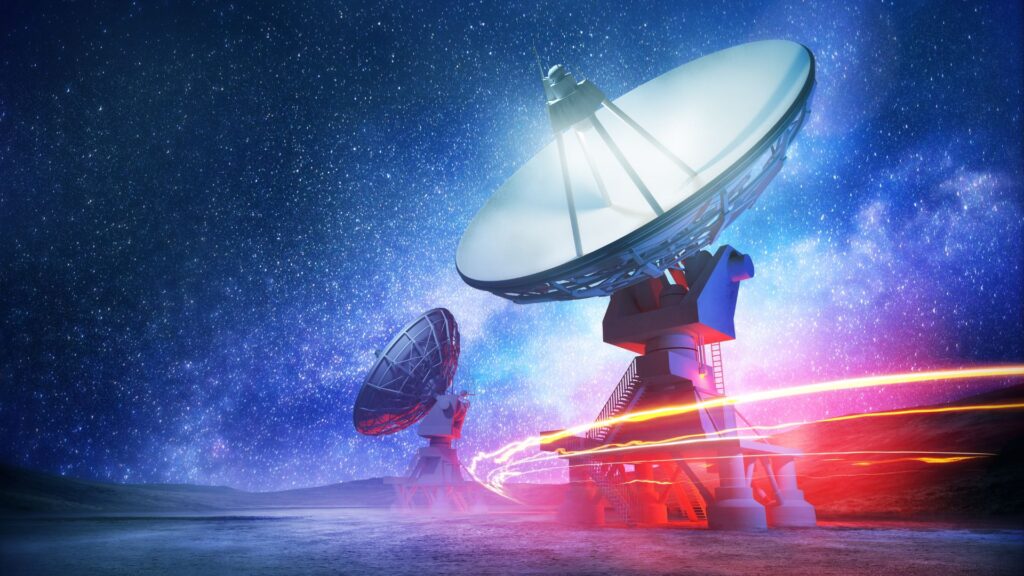AI or Artificial Intelligence has been making advancements in various fields, including the search for extraterrestrial life and the detection of UFOs (Unidentified Flying Objects). With the help of AI algorithms and machine learning, scientists are able to process and analyze vast amounts of data collected from space, looking for evidence of UFOs and extraterrestrial life.
AI has the ability to identify patterns, detect anomalies, and make predictions that would have been difficult for humans to do manually. By integrating AI into the detection of UFOs and the search for extraterrestrial life, scientists are able to increase the efficiency and accuracy of their searches, opening up new avenues of discovery in these exciting fields of study.

AI algorithms revolutionize the search for extraterrestrial life by analyzing telescope data and separating the unknown from the familiar. Unidentified Flying Objects (UFOs) can now be accurately distinguished from natural phenomena and human-made technology using a combination of physical and behavioral anomalies.
This includes unprecedented speeds and acceleration, as well as intelligent behavior that cannot be mimicked by known objects. The discovery of extraterrestrial technology through such analysis could rewrite our understanding of the universe and unlock the secrets of the cosmos.

SETI’s quest to find extraterrestrial intelligence reaches new heights with the deployment of cutting-edge AI algorithms. The world’s largest telescopes, from West Virginia to Australia, scan the cosmos for signals from advanced alien civilizations.
With the help of machine-learning, SETI researchers can now filter through massive amounts of data, spotting patterns and signals that were previously missed. This new era in SETI research is poised to revolutionize our search for life beyond Earth and unlock the mysteries of the universe.

According to planetary astronomer Franck Marchis, ‘SETI research is entering a new era of discovery, thanks to machine learning technology.’ The Breakthrough Listen project, the largest SETI initiative to date, funded by billionaire Yuri Milner and using telescopes in three continents, is leading the charge in this exciting new frontier of discovery.
SETI’s pursuit of extraterrestrial intelligence faces a daunting challenge: sorting through the massive amounts of data, including false positives caused by human technology. Astronomer Sofia Sheikh from the SETI Institute highlights that the true obstacle is differentiating signals from Earthly technology from genuine extraterrestrial signals.

Traditional methods of manual analysis are impractical, and current algorithms may miss potentially interesting signals that deviate from expected patterns. This is where machine learning steps in, utilizing vast amounts of data to train algorithms that can effectively recognize and filter out the noise from Earthly interference, leaving only the most promising signals in the search for extraterrestrial intelligence.
The hunt for extraterrestrial life has taken a leap forward with the use of machine learning in SETI searches. Using advanced algorithms trained on large amounts of data, scientists are now better equipped to filter out interference from Earthly technology and identify potential candidate signals from beyond our planet.

The lead author of a recent paper on the topic, Peter Ma, explains, “We can’t always predict what ET might send, but machine learning can help us recognize signals that might have been missed with conventional methods.” The study analyzed observations of 820 stars, yielding nearly three million signals of interest, though ultimately, all were dismissed. Nevertheless, the methods hold promise for future searches and could also be applied to previous SETI data, potentially uncovering overlooked signals.

Citizen SETI
The role of machine learning in SETI is expanding beyond filtering out earthly interference. In February, astronomers at UCLA will launch a community science project where volunteers will classify radio signals as potential interference, helping train an AI algorithm to analyze SETI data.
Additionally, machine learning has been used to prioritize stars for observation in ongoing SETI projects and may even help uncover overlooked signals from archived data. Despite its benefits, SETI scientists still see the importance of using a combination of classical and AI methods, as classical algorithms remain effective in identifying potential signals.
What do you think is the most exciting possibility for the use of machine learning in SETI research? What are your thoughts on UFO and extraterrestrial sightings?

